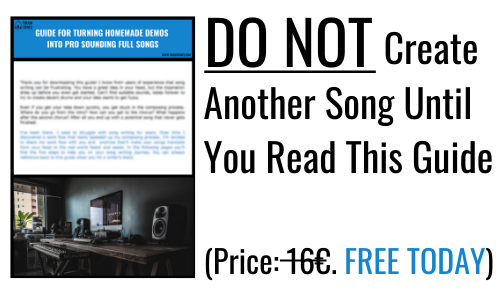Mixing Vocals with Delay and Reverb – Which One to Use?
Mixing vocals with delay and reverb can be confusing. Which one to use? What settings work for vocals? How much is enough? In this video you’ll learn how to use both delay and reverb with vocals. I also tell you which one I prefer and why:
The first thing you want to do is to use sends instead of channel inserts. This way you’ll save processing power and you can use one delay and or reverb for multiple tracks with the same settings. Send a copy of the vocal track to a bus, add reverb or delay plugin in the buss and name it accordingly.
You want to cut some low and high end with EQ when using delays and reverbs. Usually delay plugins have some kind of EQ built into them. This way they don’t cloud or muffle up the whole mix.
You don’t want to hear the nasty reverb tails for example. They also sound more distant. With reverb you might also want to cut some of the muddy, boxy or plastic sounding frequencies out to make the reverb more transparent.
I prefer delays, because they don’t muffle up the mix so easily. They don’t have to be EQed that much. Delay repeats the audio, where as reverb puts them in some kind of a space.
Stereo slap delay is a great choice when you want to create sense of space for lead vocals, especially in a faster song like in the video. Listeners can’t pinpoint the delays, but they can feel the space. Go with little or no feedback and somewhere around 80 – 120 ms delay time.
If you want more sense of space – or more obvious kind of effect – go with quarter note delay time with either stereo or mono delay. Adjust the feedback according to your taste.
However, you can use reverb also. It can work just as well, sometimes even better. Room, hall and plate reverbs are great starting point for vocals. Try small or medium reverb times for starters.
Hopefully you found this video helpful. If there’s anything you want me to cover in the future videos let me know. Send me an email or leave a comment below. Ask if there’s anything unclear or if I left something out. Cheers!

Good tutorial